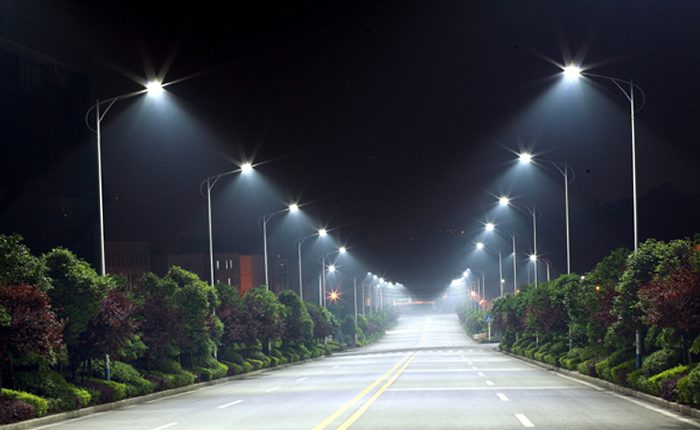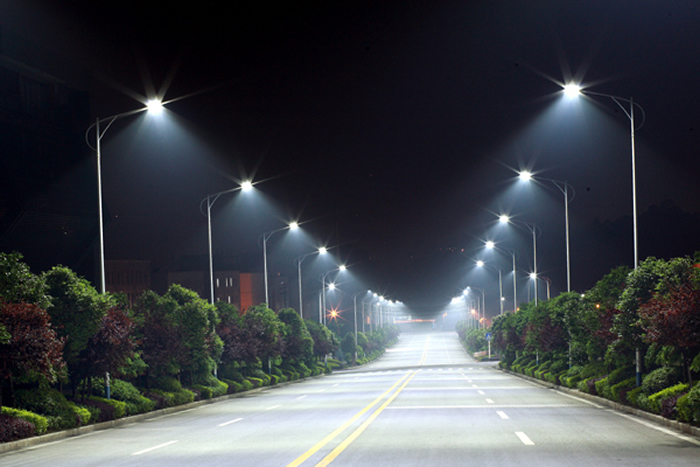LED street lighting has negative impact on wildlife
According to new research by the University of Exeter, LED street lighting can be tailored to reduce its impacts on the environment.
The UK-based study found predatory spiders and beetles were drawn to grassland patches lit by LED lighting at night, but the number of species affected was markedly reduced when the lights were dimmed by 50% and switched off between midnight and 4am.
LEDs made up just 9% of the global lighting market in 2011, but forecasts suggest they will account for 69% by 2020.
This has led to concerns about their effects on plants and animals, and the Exeter scientists say research is urgently needed to understand how best to prevent unforeseen ecological effects.
“We are making fundamental changes to the way we light the night-time environment, with potentially profound consequences for a range of species,” said Dr Thomas Davies, of the Environment and Sustainability Institute at the University of Exeter’s Penryn Campus.
“The growth of LED lighting is an issue of global concern, and the number of documented impacts on the environment is growing rapidly.
“Our research shows that local authorities might be able to manage LED lighting in a way that reduces its environmental impacts. We now need to establish whether this is the case for a greater variety of species.
“Without appropriate management, our results suggest that the growing use of LED lighting will have impacts on the abundance of predatory invertebrates, potentially leading to knock on effects for other species in grassland food-webs.”
The researchers compared the ecological impacts of a range of lighting strategies being used by local authorities to save money and cut CO2 emissions – including changing the spectrum of colors produced by the lights, dimming them and switching them off from midnight to 4am.
Dr Davies added: “While these approaches helped to reduce the number of ground dwelling spider and beetle species affected by LED lighting to varying degrees, our study also shows that avoiding these impacts may ultimately require avoiding the use of LEDs and night-time lighting more generally.”
More information: Phys.org


